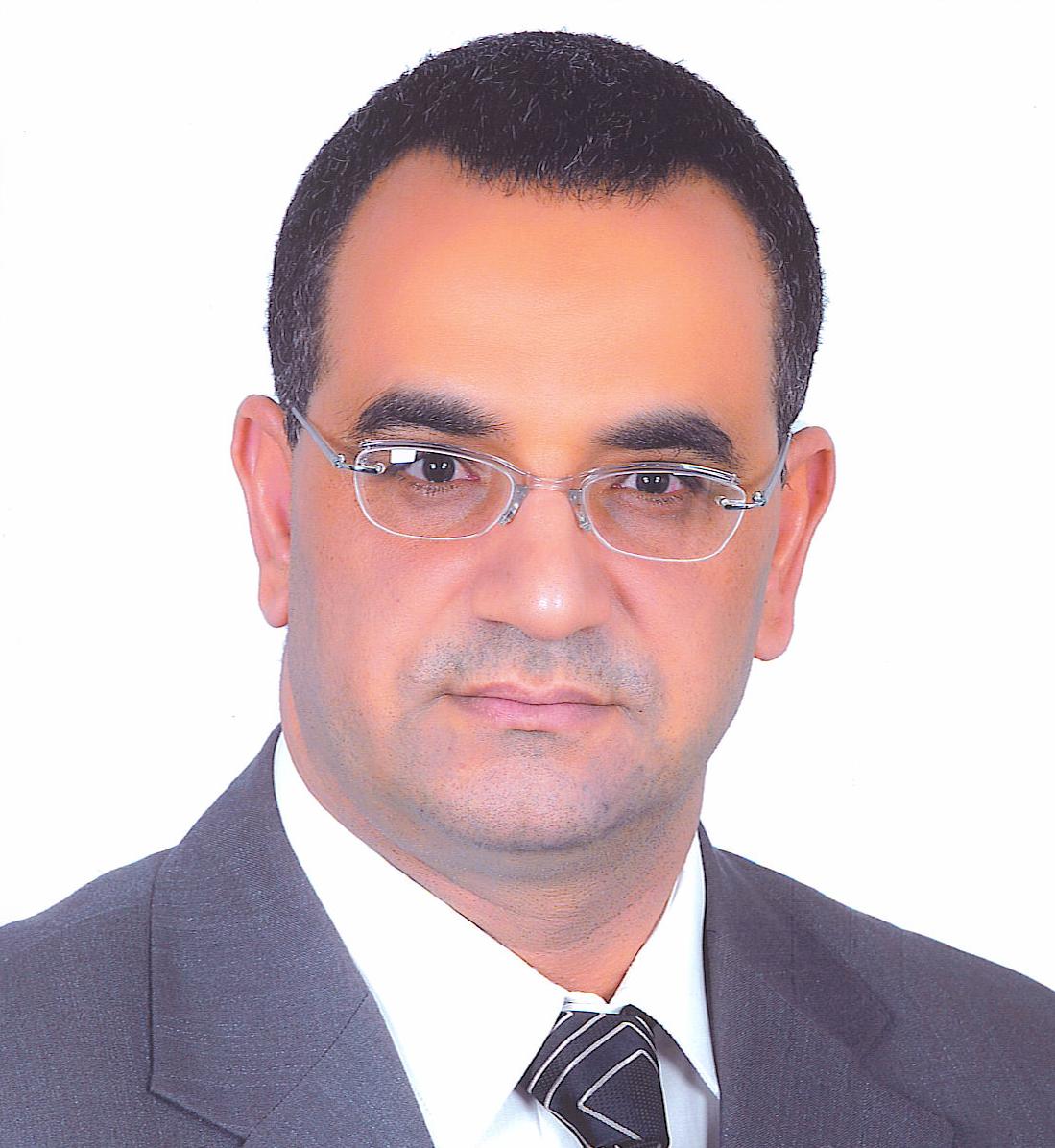Background: Oral and oropharyngeal cancers have aprofound impact on the quality of life of patients and their families. Even with reconstructive procedures, the patient's quality of life can be significantly altered by these functional problems. Although the primary intended outcome of head and neck cancer surgery is still the disease-free survival of the patient, quality of life is now considered as an essential goal and its assessment in head and neck cancer patients has become an important aspect of postoperative care. The aim of this study is to evaluate the functional outcomes of the three-dimensional template design free anterolateral thigh flap in reconstruction of intra-oral soft tissue defects that result after oral and oropharyngeal ablative surgery. Patients and Methods: 27 patients were classified into 3 groups according to the extent and geometry of the postresection defect. The resection involves oral tongue and floor of mouth in Group I (n=10), while in Group II, the resection involves tongue base, oral floor and lateral wall (n=6) and in Group III, the resection involves oral tongue, tongue base, oral floor and lateral wall (n=11). Immediate reconstruction was performed with a three-dimensional anterolateral thigh tailored according to the defect. Functional outcome was evaluated using the University of Washington-Quality of Life Questionnaire. Results: The Postoperative functional evaluation showed no significant differences between the three groups for the pain, appearance, activity, recreation, chewing, taste, speech, and shoulder domains. However, there was a significant difference between the groups for the swallowing, anxiety and mood domains and very highly significant difference in the saliva domain with the worst results in Group II. Conclusion: The four-lobed anterolateral thigh flap is reliable reconstructive technique for various complicated three-dimensional tongue and oropharyngeal defects and it can achieve reproducible good functional results. However, further refinement is required to deal with lower saliva production in Group II patients.

